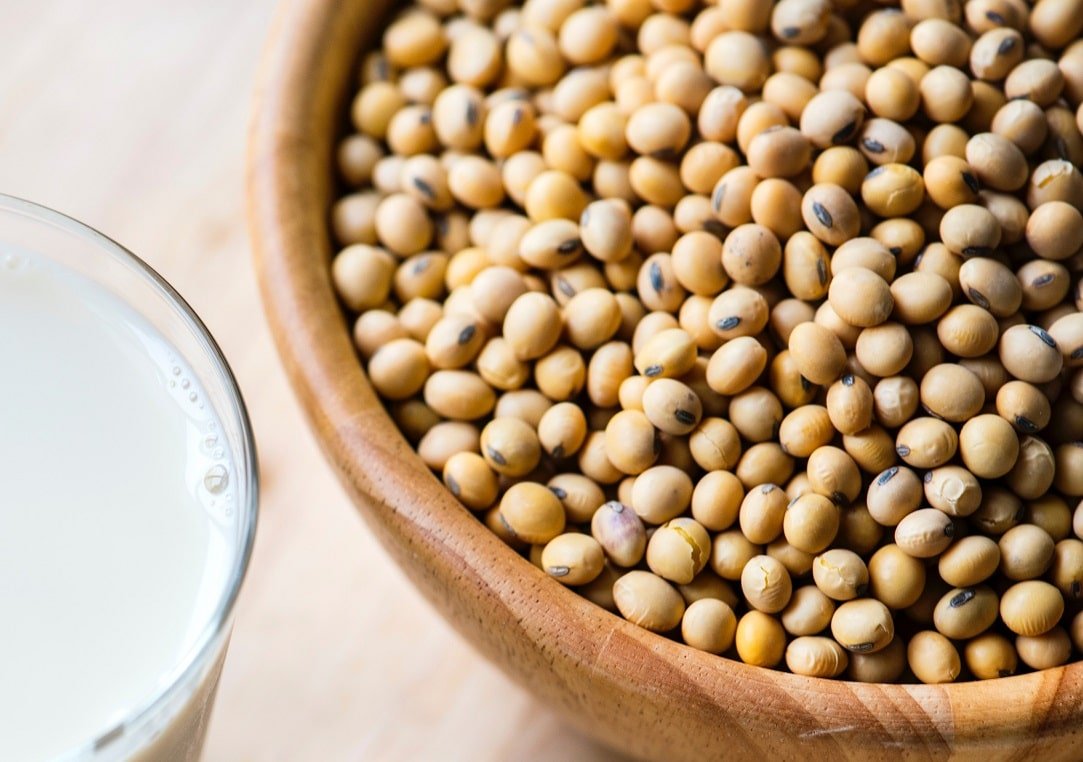Hydrolyzed Vegetable Protein (SOYA)
- Home
- Food Ingredients
- Hydrolyzed Vegetable Protein (SOYA)
Hydrolyzed Vegetable Protein (SOYA)
Hydrolyzed vegetable protein (HVP) is a natural & organic product rich in amino acids, minerals, and micronutrients. It is widely used in small amounts to enhance the flavor of various processed foods such as soup, snack food, burger, seasoning, and more. It is considered a natural additive.
Titan Biotech’s hydrolyzed vegetable protein (soya) is a leading natural flavor enhancer in the food industry. It is produced by enzymatic or acid hydrolysis by breaking down proteins into their component amino acids. One of the amino acids is glutamic acid, a (natural alternative to monosodium glutamate-MSG), widely used in small amounts to add flavor. It is also used as a whipping, foaming, or aerating agent, a nutritional ingredient in the baking industry.
Request A Quote
- Maize or Corn meal
- Soybean meal
- Other vegetables
- Wheat gluten
- Soya flour
- Yeast
Hydrolyzed Vegetable Protein (HVP)
Features
Enhance flavor
Good solubility
Natural and safe
Better mouth fullness
Looking for a Bulk HVP Powder Suppliers?
Application of Hydrolyzed Vegetable Protein (HVP) Powder
HVP is used in bouillons, soups, soy sauce, and similar condiments. They are used because of their meaty or savory flavor and flavor-enhancing properties.
- All kinds of Flavoring: High-Grade fresh oyster oil, chicken bouillon, essence spices, margarine, butter spreads, table salt replacer.
- Meats, aquatic product processing: It helps to hide the flesh’s foul smell in meta foods, cured meats like ham & bacon, and hot dogs. It functions to rectify the flavor and increase the meat’s savory.
- Bakery Foods: It is used as a bread or baking improver in fresh baked goods, including Biscuits, Cakes, Puffed food, Bread Loaf (Plant Bakery Type), Pizza base, Flat Bread (tortillas) & Breadcrumbs.
- Fermented Food: It is also used to improve the properties of food vinegar, Dairy products, and fermented bean curd.
- Food Meals: It is widely used in vegetable mixtures and microwave meals.
- Processed Food: HVP is also used in Canned meat, fish, and vegetables.
- Seasoning Agent: It is used as a seasoning agent in fast food, leisure food, pickles, savory snacks or pies, pasta, and seasoning mixtures (dry/spice rubs).
- Noodles & Chinese Dishes: HVP is also widely used in grain-based dishes, noodles, soups, sauces, and instant snacks.
- Beverages: It is used in plant protein beverages and cold drinks.
- All Kinds of Sauces: It is widely used in soya, tomato, and cooking sauces.
- Nourishing Liquid: It can be prepared with other nutrients to produce nutrient oral liquid.
Functional Properties of HVP (Hydrolyzed Vegetable Protein)
- HVP shows greater solubility in comparison to intact proteins. The solubility is especially high at PH 4-5 and is important in the production of foods and fruit juices or beverages.
- HVP shows higher thermal stability as compared to native protein, which is especially important in the heat sterilization of products.
- It shows emulsifying properties are especially important in the production of foods for children & deciding food composition for adults.
- HVP has great Water-and-fat-holding capacities which are crucial for determining the texture properties of food products such as juices.
- HVP allows foam formation and stability which helps in the preparation of foams, cakes, and bread. This property plays important textural and structural roles.
Hydrolyzed Vegetable Protein | HVP Found In:
Soup, stew, stock, broth, bouillon cubes, seasonings, spices, chips, instant soup, bovine products, flavorings, veggie burgers, imitation meat products, chili, frankfurters, sauces, gravy, dipping sauces, cheese powder, noodle spices, frozen meals, chicken powder, chilies, dips, pizza, salad dressing, gravy spices (Veg & Non-Veg both), etc.
How Hydrolysed Protein is created?
The procedure involved boiling foods such as soy, corn, or wheat in hydrochloric acid(HCL) and then neutralizing the boiled solution with sodium hydroxide(NaOH). The acid breaks down the protein in vegetables into their component amino acids. When producing hydrolyzed proteins, the chemical breakdown of the proteins may result in the formation of free glutamates.
Soucres of Hydrolysed Vegetable Protein
O
P6
- Maize or Corn meal
- Soybean meal
- Other vegetables
- Wheat gluten
- Soya flour
- Yeast
